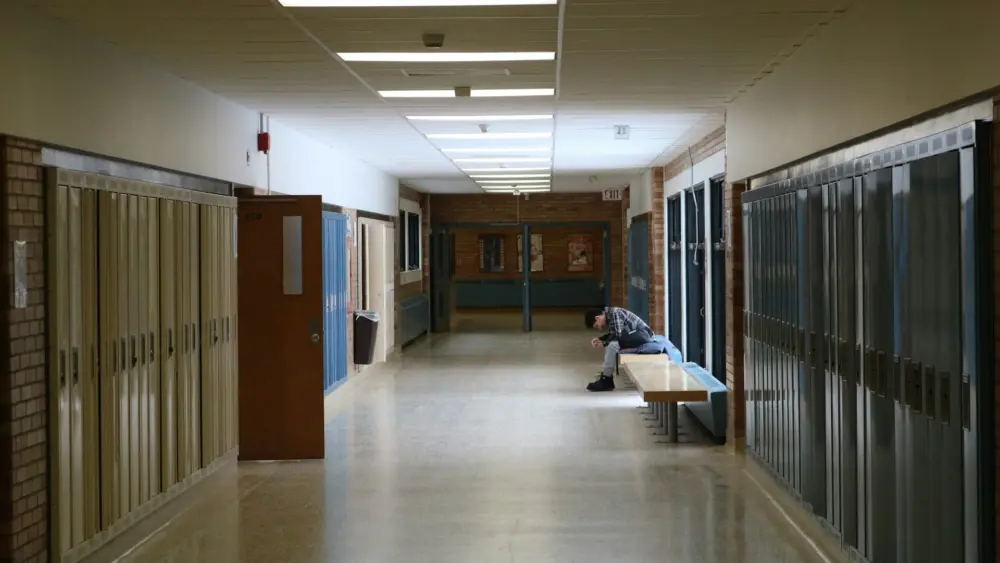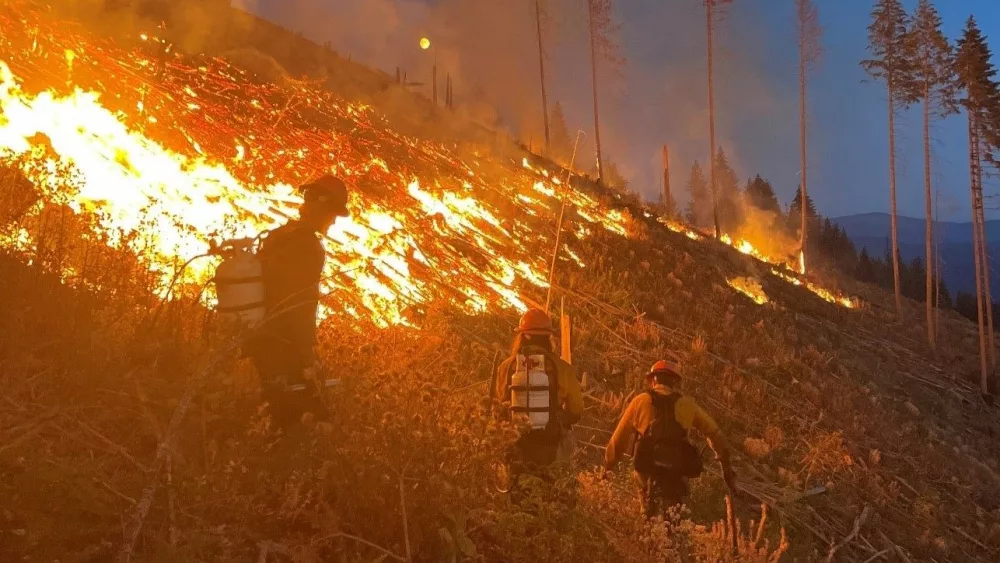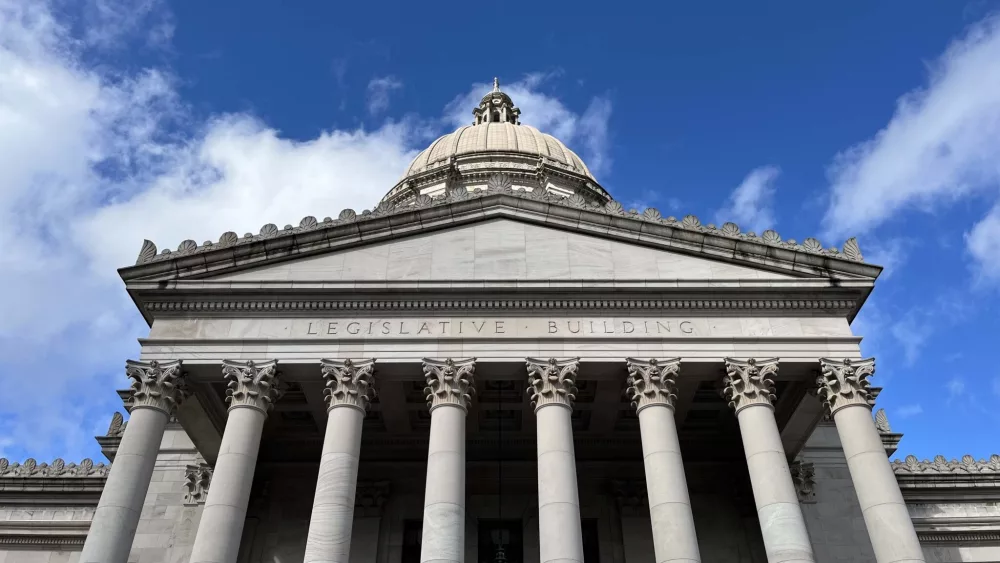BOISE, ID – Idaho is asking the federal government for $100 million annually over five years to support rural health care through a grant created in the “One Big Beautiful Bill Act.”
Through the major federal tax and spending bill approved by Congress in July, states are entitled to a pool of $25 billion divided equally among each state, of which Idaho will receive $500 million over five years.
Another $25 billion was set aside to be distributed as grants to states based on need. Idaho submitted its application Nov. 4 in hopes of receiving the additional $100 million in annual grant money, aiming to collect a total of $200 million annually between both distributions, or $1 billion over five years.
“Idaho is a mostly rural state, and we are grateful for the significant investments President (Donald) Trump and Congress have committed to improving healthcare access, quality, and outcomes in rural Idaho and across the country,” Idaho Gov. Brad Little said in an emailed statement. “We are proud of the effective, collaborative approach we utilized in preparing Idaho’s application for funding through this transformative new program.”
Little created a task force through an October executive order to recommend priorities for the application. The Idaho Department of Health and Welfare also solicited input from the public through a survey.
Idaho’s application centered on five initiatives:
- “Initiative 1: Improving rural access to care through technology.
- Initiative 2: Ensuring accessible, quality care through innovative models.
- Initiative 3: Sustaining rural workforce with training, recruitment, and retention.
- Initiative 4: Implementing population-specific, evidence-based projects to make rural America healthy again.
- Initiative 5: Investing in rural health infrastructure and partnerships.”
What is Idaho trying to do with the funds?
The state’s application focused on a population of 655,070 Idahoans who live in rural census tracts, all rural health care centers, hospitals and facilities, and the five federally recognized Native American nations in the state.
Idaho officials plan to set aside 3.5% of total funds awarded for the state’s tribal nations, the report said, based on the percentage of the state’s Native population over the state’s total rural population.
The state hopes to enhance telehealth as well as mobile and community-based services, upgrade electronic health records, develop a shared technology infrastructure, utilize artificial intelligence, and pair “technology with provider training.”
There are also proposed investments in Emergency Medical Services, software upgrades at rural health centers, installation of “telehealth pods” and “diagnostic kiosks,” recruitment and retention incentives at the undergraduate and graduate level for training physicians as well as retention bonuses and sign-on incentives for practicing doctors, and increased utilization of non-physicians health care professionals such as nurse practitioners, medical assistants, and pharmacists.
The application also lays out plans to deploy technology, such as phone apps, to monitor and educate about chronic health conditions.
The goals laid out in the application include reducing emergency department visits for chronic conditions by 20%, and increasing the ratio of physicians per 100,000 population from 193 in 2023 to at least 195 by 2030.
What are the health care challenges in rural Idaho?
The state’s application outlines several of the challenges faced by rural residents, including higher rates of preventable illness and premature deaths than the national average. Idaho’s rural residents with chronic conditions have higher death rates than those living in urban areas, according to the application.
Nearly 60% of residents are affected by primary health care professional shortages, and nearly 66% of residents are in what’s called a dental health care professional shortage area. The entirety of the state’s landmass and population fall in what’s considered a mental health professional shortage area, the application said.
Most rural residents have no or limited access to public transportation and must drive significant distances to reach care, which can cause people to postpone preventative care, the application said.
The state’s rural hospitals and clinics face significant financial pressures. A 2024 assessment found that 46% of Idaho’s Critical Access Hospitals maintain fewer than 100 days cash on hand, the application said.
Rural Idaho hospitals bracing for reductions in Medicaid payments
Many rural hospitals in Idaho are struggling financially because of low patient volumes and a reliance on reimbursements from Medicaid, which are often less than what it costs to provide the care.
This summer, Idaho said it would cut Medicaid reimbursement rates for health care providers by 4%, the Sun reported.
The state budget is facing a projected budget shortfall of more than $49.3 million by the end of the fiscal year, which prompted Little to direct agencies to cut their budgets by 3% ongoing.
The federal “Big Beautiful Bill” is expected to reduce Medicaid spending in rural areas by $137 billion nationwide over 10 years, according to an analysis by the health policy organization KFF. It’s estimated Idaho’s Medicaid funds will be cut by up to $4.3 billion over the decade.
U.S. Sen. Mike Crapo, R-Idaho, previously told the Sun that the reductions are meant to protect Medicaid for those it was intended for, and most people who are disabled, children, or able-bodied and complying with new work requirements will maintain their coverage.
“The only way to prove this is to wait and see what actually happens,” Crapo said.
This story first appeared on Idaho Capital Sun.





